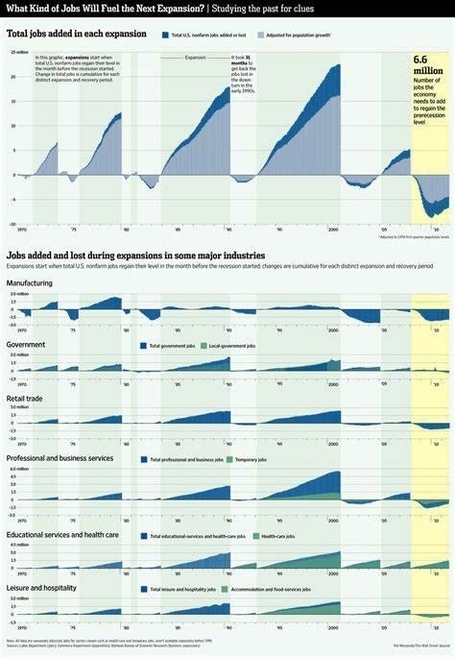
The five sector model is a simplified representation of the economy that helps us understand how money and goods flow between different sectors. It is also known as the circular flow of income. The model consists of five sectors: households, firms, financial institutions, governments, and the international sector.
The first step in the model is the two sector model, which includes only households and firms. Households supply firms with resources such as labor, while firms supply households with wages in exchange for their labor. Households also purchase goods and services produced by firms, which is known as consumption.
The three sector model adds the financial sector to the two sector model. Households deposit their savings with the financial sector, which then lends these savings to firms to help them grow and expand. This is known as investment.
The four sector model includes the government in our simplified model of the economy. Governments collect taxes from households and spend money in the economy in many ways, including unemployment benefits and infrastructure spending. As a whole, this is called government spending.
Finally, the five sector model includes other economies from other countries. Households buy goods and services from overseas, which are called imports and involve money leaving the country. Then, firms sell goods and services overseas, which are called exports and involve money flowing into the country.
The circular flow diagram illustrates the equivalence of the income approach and expenditures approach to calculating national income. In this diagram, goods, services, and resources move clockwise, and money (income from the sale of the goods, services, and resources) moves counterclockwise .
